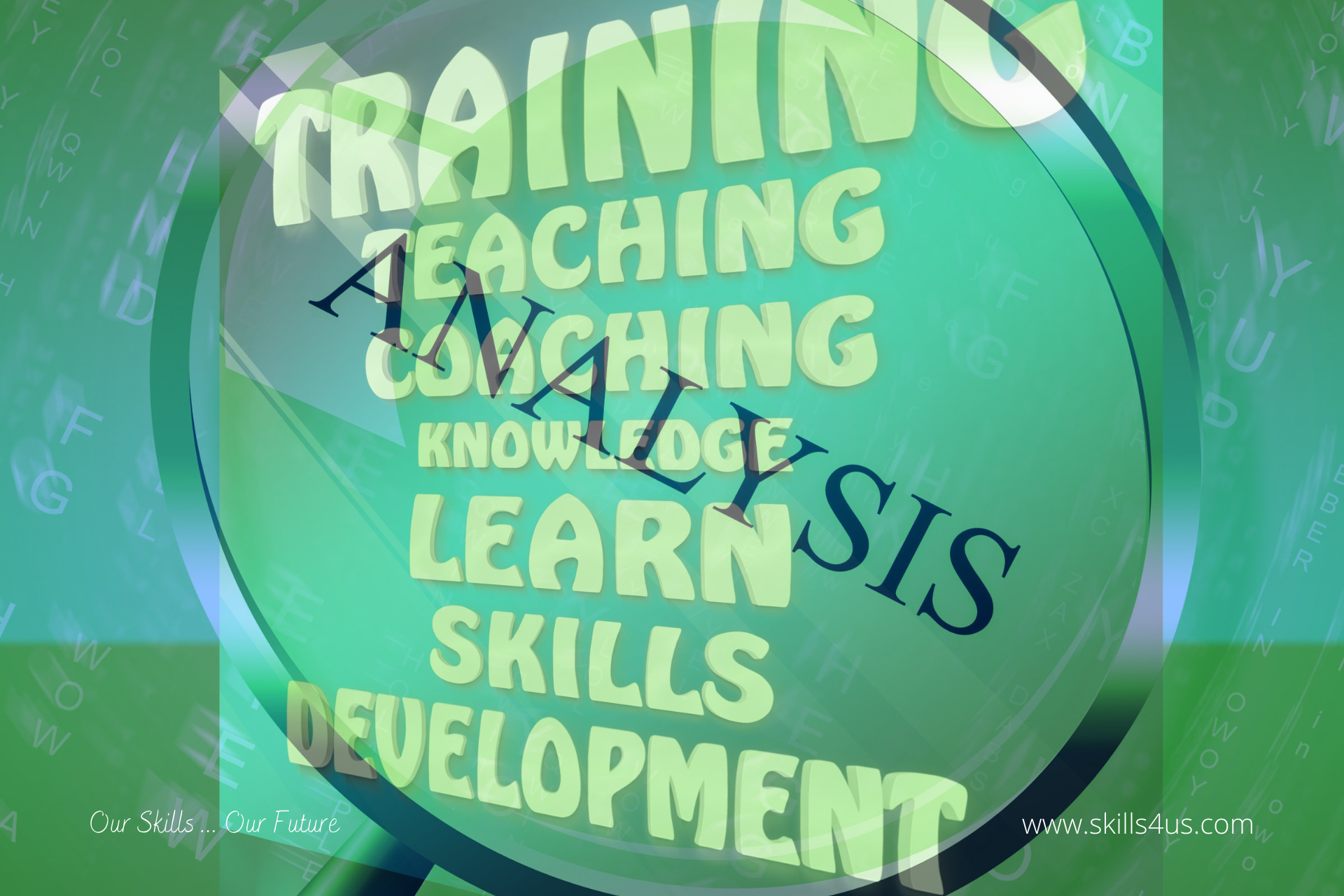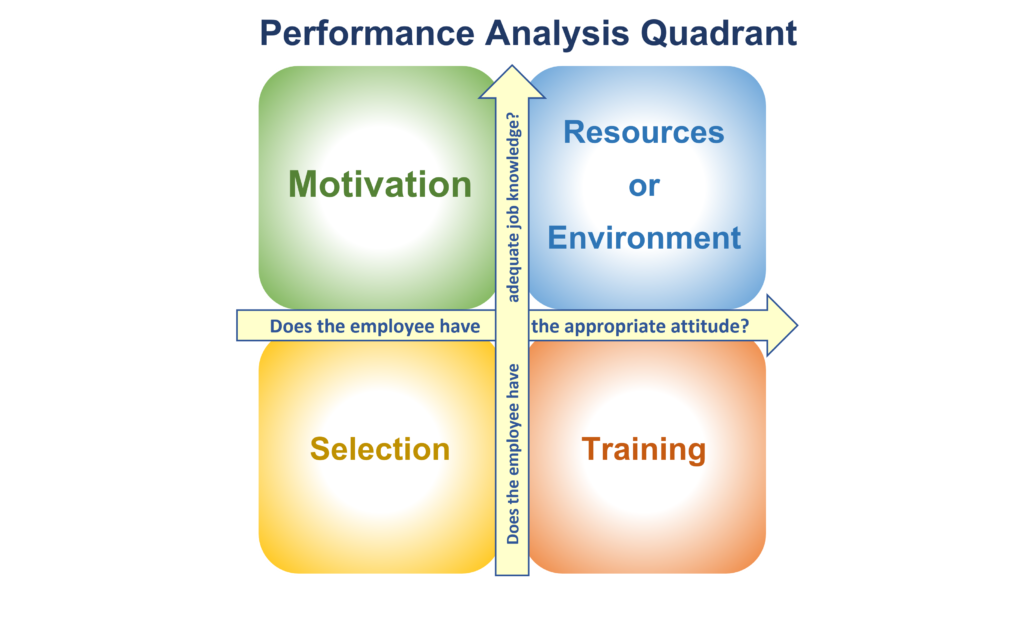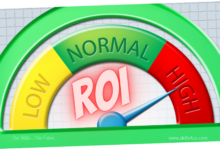
Types of Training Needs Analysis (TNA)
The term “needs analysis “has gained traction over the past few years in the learning and development industry. A needs analysis aims to determine why the organization needs training before preparing training programs. Therefore, it is crucial to evaluate all factors surrounding the problem before designing a training solution for it to be effective. A TNA helps identify the areas that need to be addressed within your organization. It can also help identify employees who need training and the most appropriate training type. You can conduct several types of TNA, each with its unique characteristics and uses. Some of the most common types include:
1) Organizational Analysis
This type of analysis focuses on identifying the training needs of an entire organization. It usually involves a comprehensive assessment of the skills and knowledge of employees at all levels and departments in the organization. Organizational analysis is used to develop a comprehensive training program to meet the organization’s needs. To achieve this, successful business leaders must clarify training priorities and ensure a precise alignment between training and business goals.
2) Analysis of Tasks and Roles
This analysis focuses on identifying knowledge and skill gaps required to perform a specific job. Knowing that task and role analysis is a systematic division of a job into its components. And aims to produce a list of tasks and roles required to perform a specific job, then for each task, to determine the skills and competencies needed to complete the task. Thus, this will provide a solid basis for training program design. As part of the task analysis, be alert to the difference between what a person needs to know. And what information they will need to access. This can significantly impact the design of an organization’s training program.
3) People Analysis
This type of analysis focuses on identifying the specific training needs of each team member. This analysis identifies who has mastered and needs to learn the skills and competencies identified in the previous task and role analysis step. Also, a person analysis assesses an individual’s skill set compared to the rest of the team. This analysis is often used to develop individual training plans for employees. And can help you understand the characteristics of those who will participate in the training. Thus, this analysis will help you direct your training to areas with the widest gaps between the status quo and the desired outcome.
4) Compliance Analysis
This analysis focuses on identifying compliance-related training needs within an organization’s industry. Some organizations may question the need for compliance training resources due to limited budgets or development timelines. However, mandatory compliance is just one part of the equation. Organization policies, task protocols, and brand alignment are essential topics to address in the training program. It usually includes identifying the specific regulations or laws that apply to the organization. And identifying the training needed to ensure compliance.
5) Performance Analysis
It is one of the types of TNA that focuses on issues related to improving employee performance. It usually involves identifying areas where employees or teams are performing poorly and developing appropriate training to improve performance. The performance analysis quadrant tool can be used to obtain the desired results, which helps determine the proper solution. This standard tool is based on answers to two fundamental questions:
- Does the employee have sufficient job knowledge?
- Does the employee have the appropriate attitude to perform the job?

(Low Low): If the employee lacks job knowledge and desires to do an excellent job in the role, a role transfer and replacement should be the answer.
High High: If the employee knows how to do the job and desires to do a good job. There is a problem with the resources to complete the job well, or that management in the area is inappropriate.
It must be noted that training is only successful when there is a high level of motivation and a low level of job knowledge.
6) Technology Analysis
This analysis focuses on identifying training needs related to new technologies or software. Therefore, you must take the time to learn about the latest technologies. And the technology within the organization and its departments. It usually involves identifying how employees use the tools and technology available to build competencies in the software they use daily. Furthermore, to get the best ROI in your team’s customized training program content. Be aware of the types of technology available to them and any upcoming changes in processes or procedures.
It is important to note that these types of TNA are not mutually exclusive. And that an organization may need to conduct multiple types of analysis to identify and address all its training needs fully.



